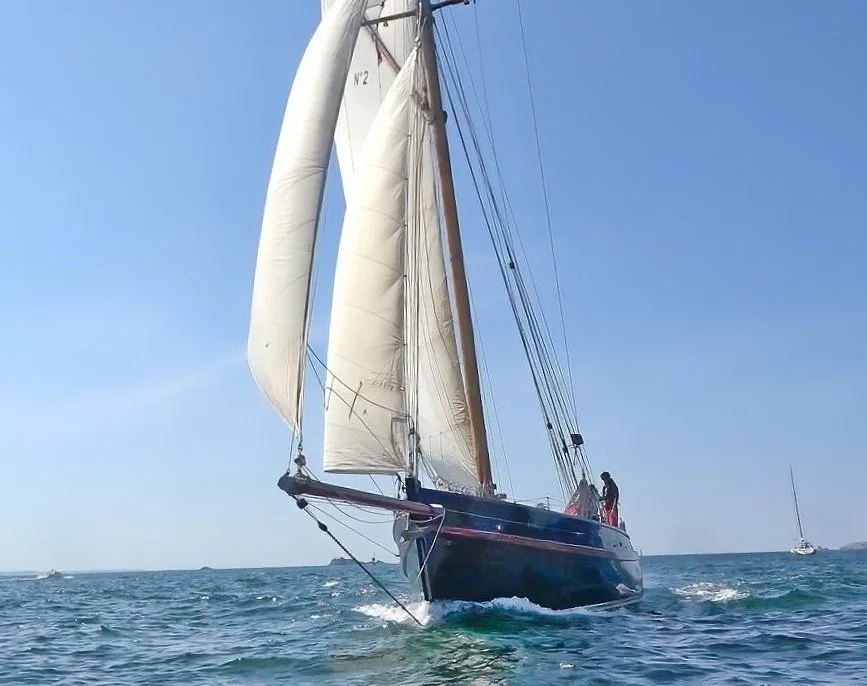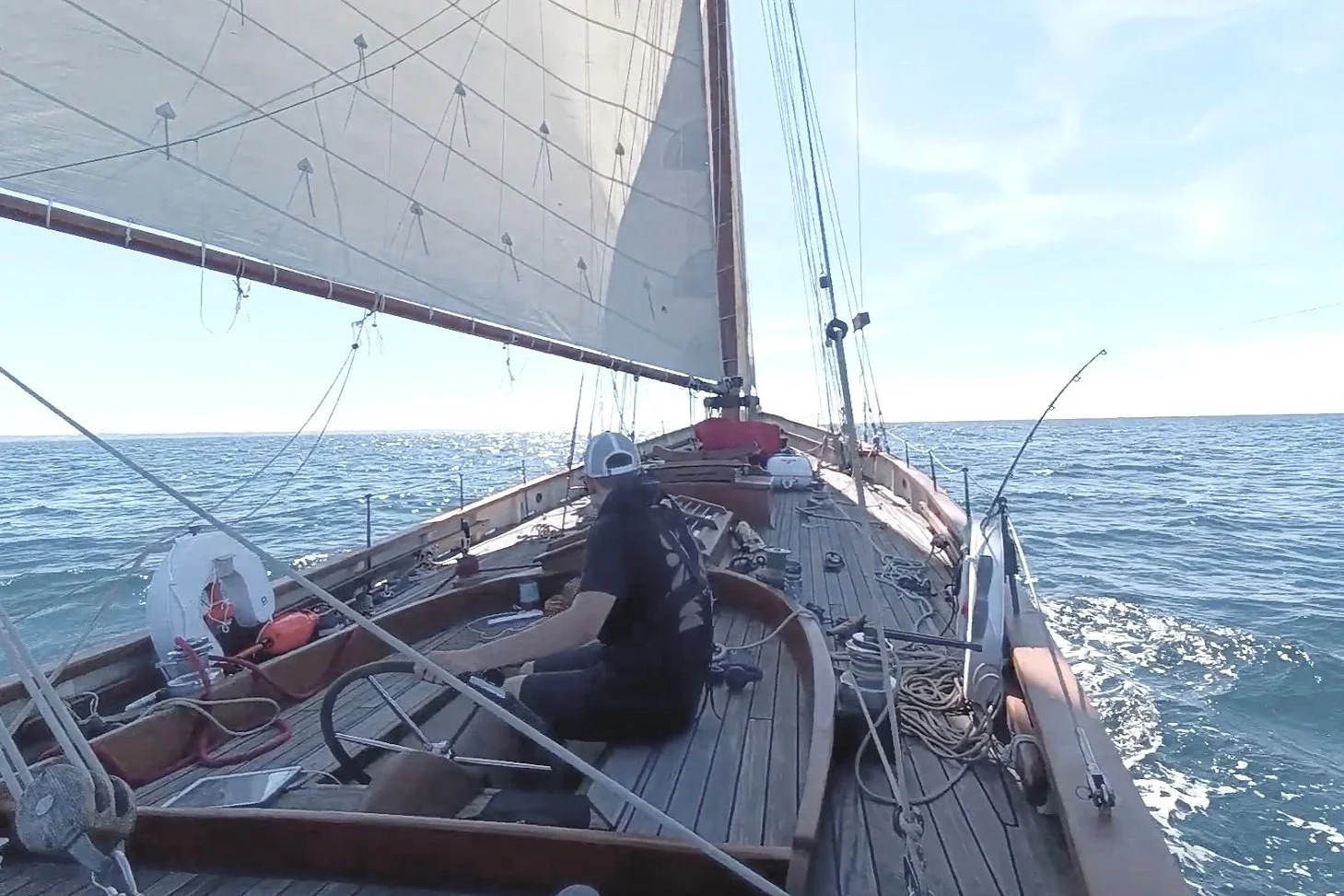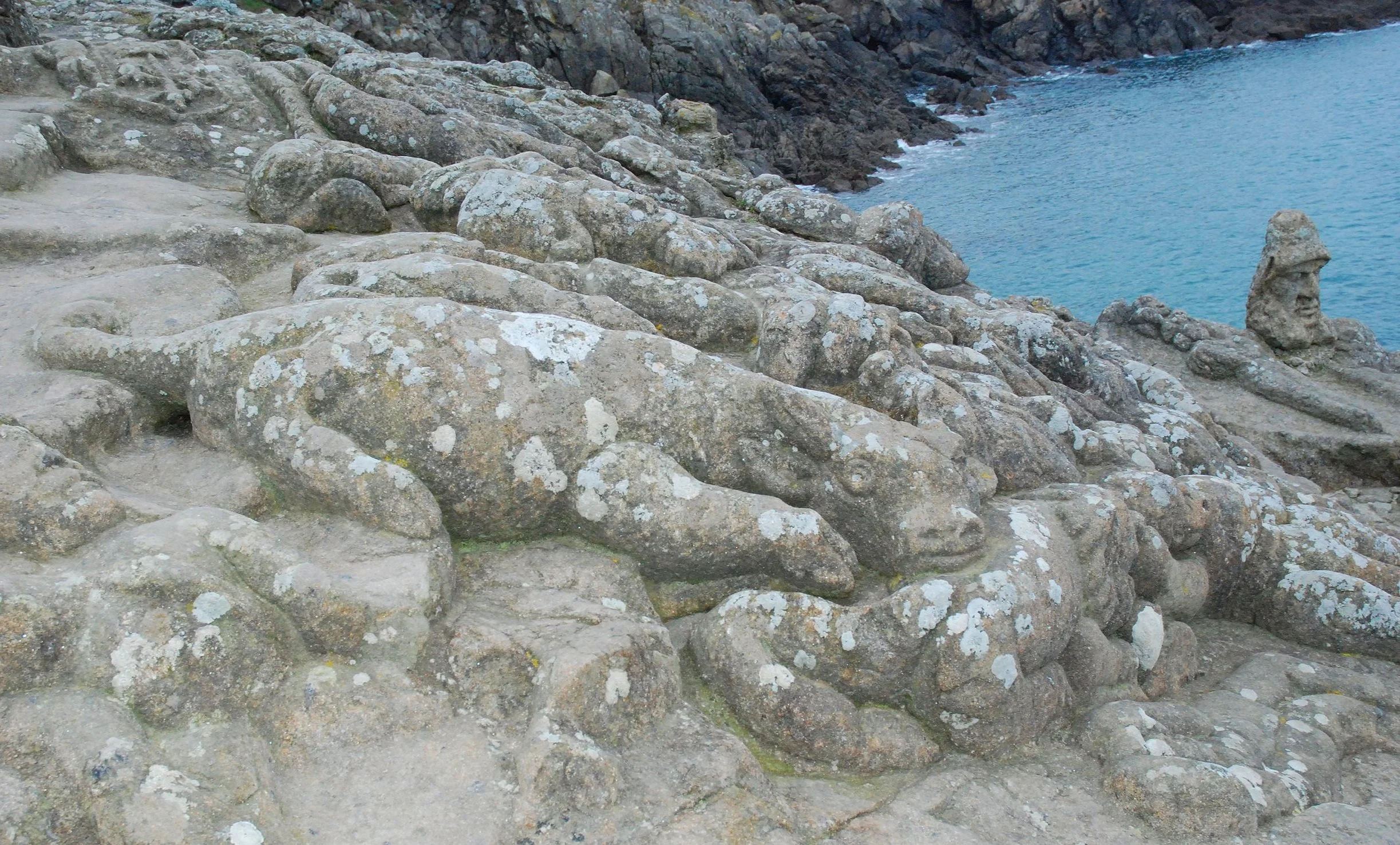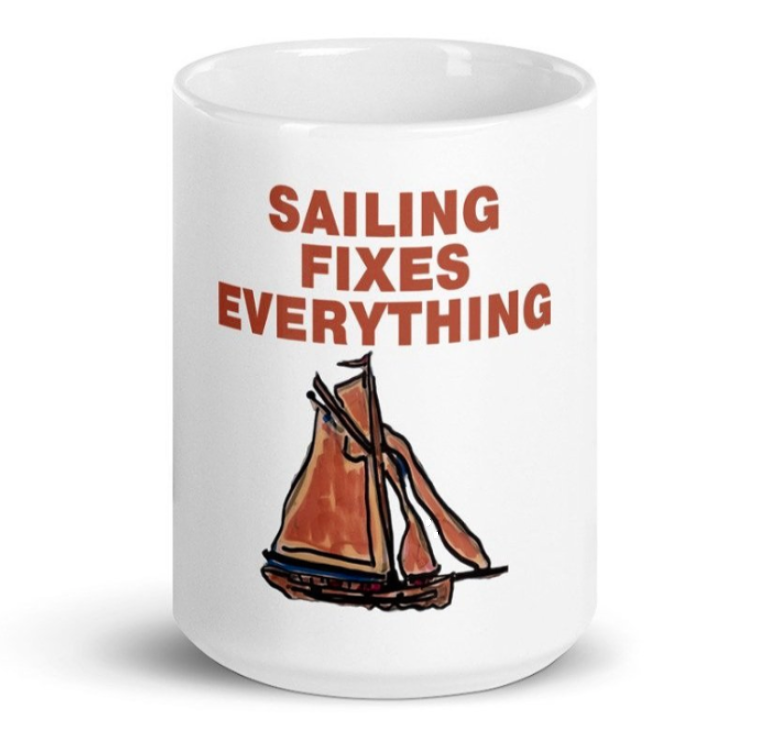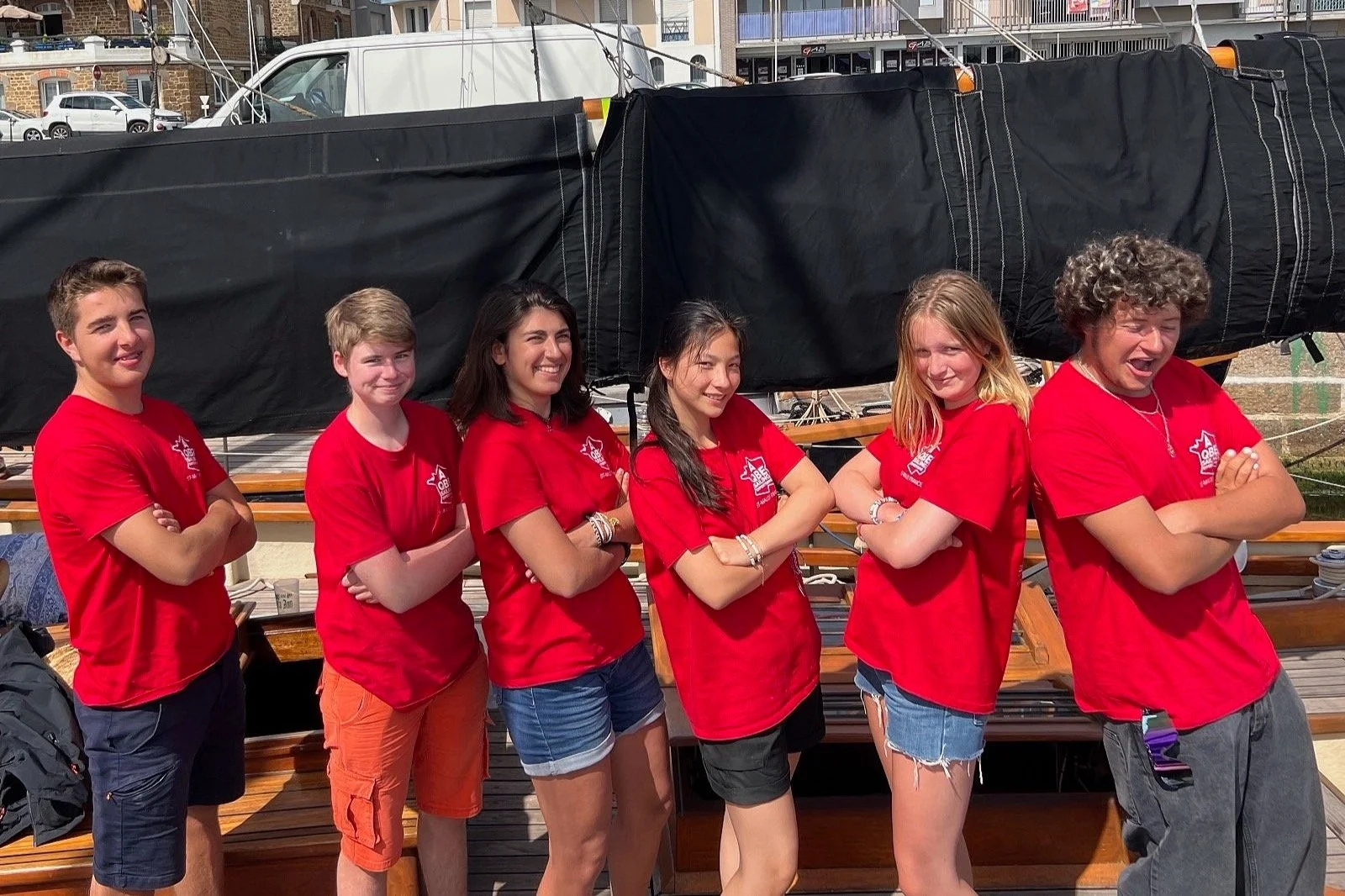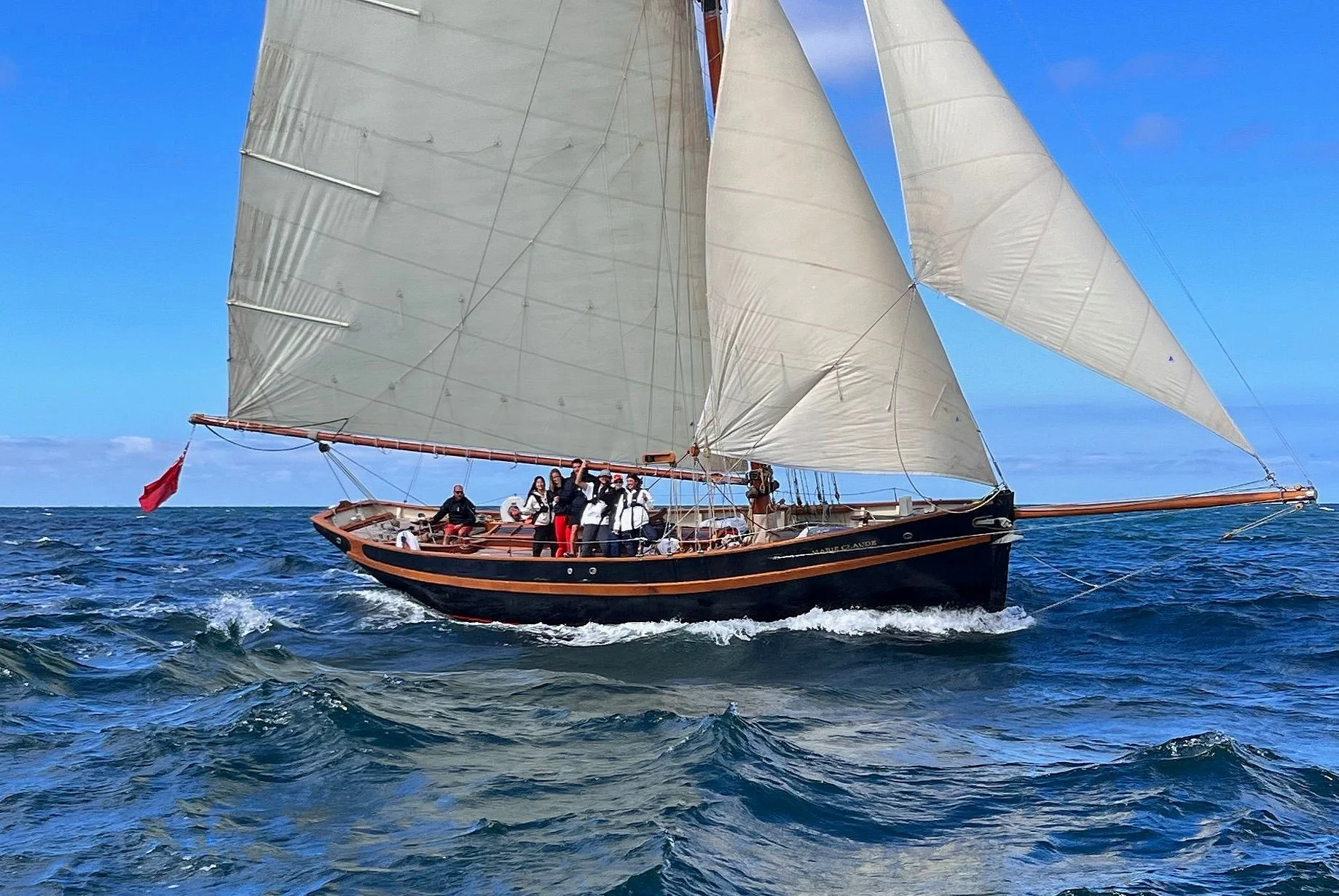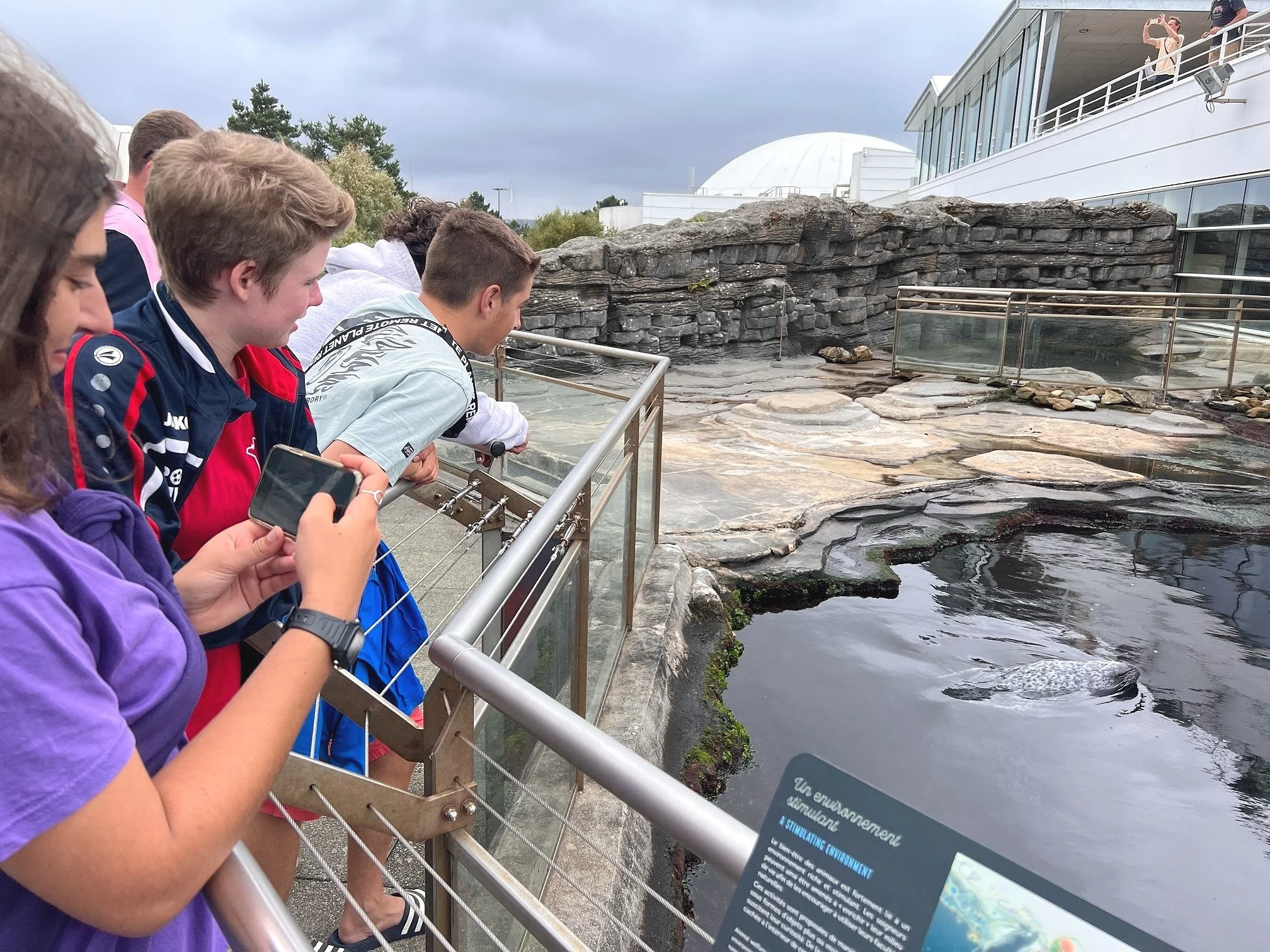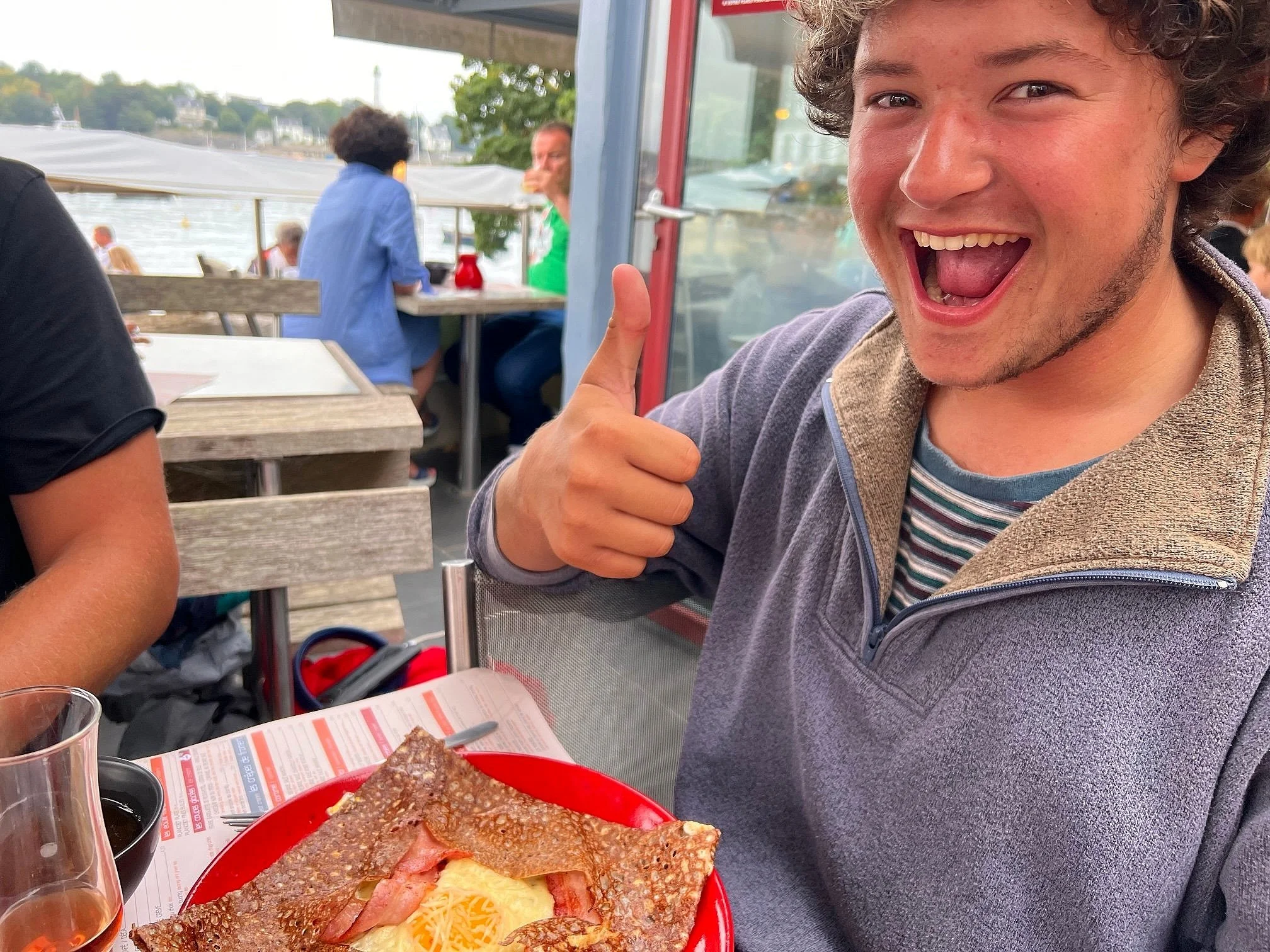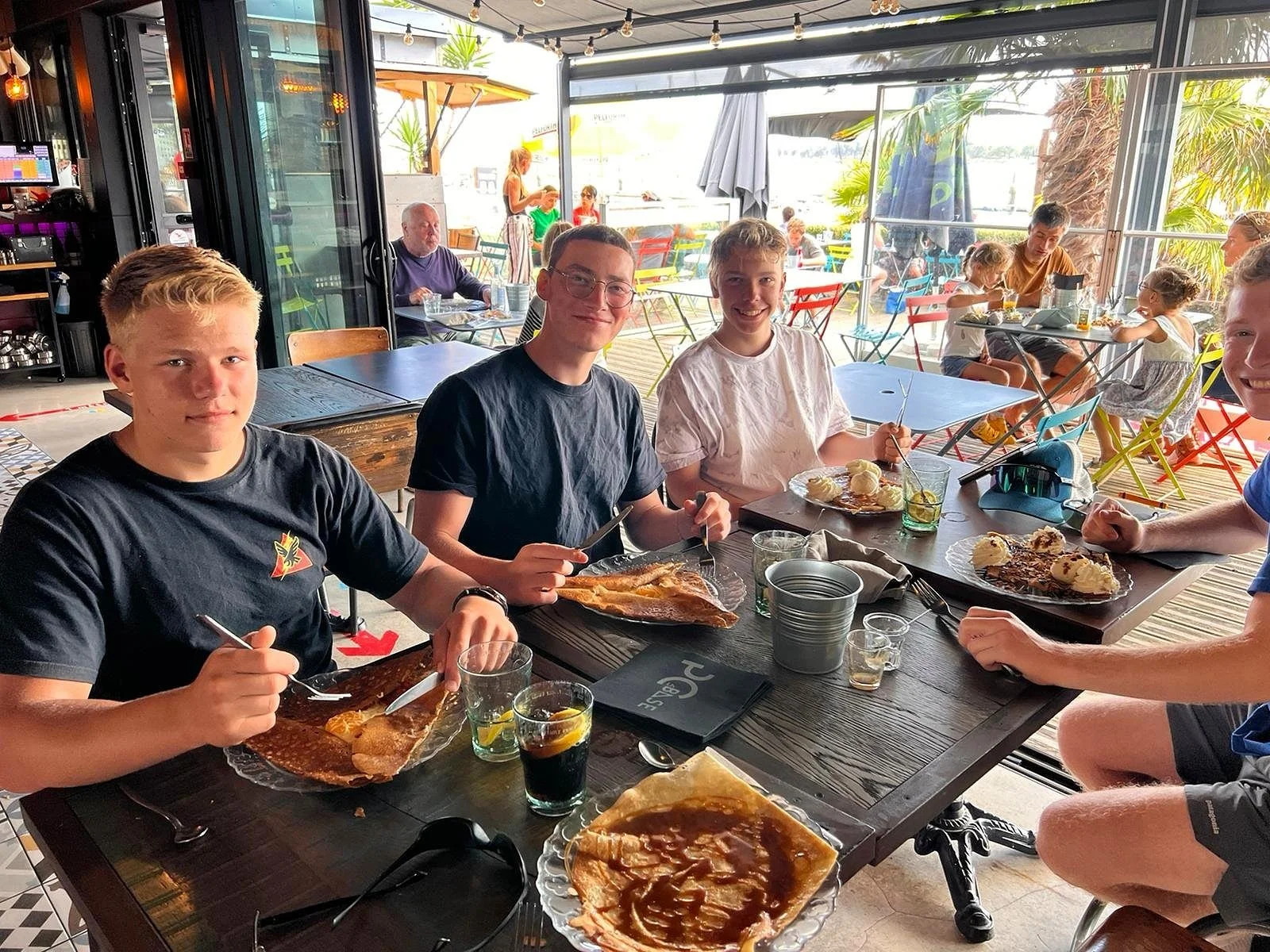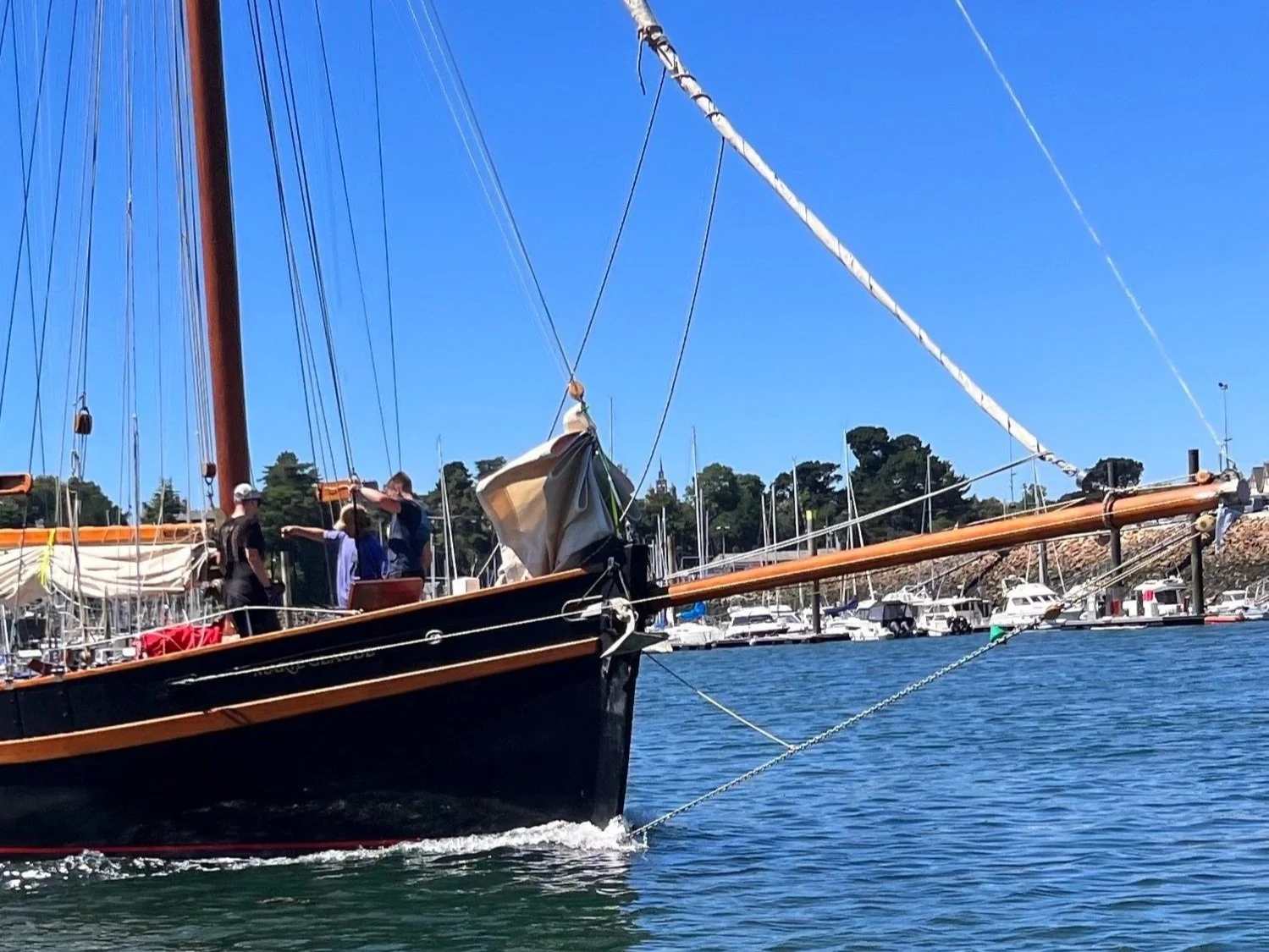It’s something many parents may not have considered: the life-changing impact of internalizing the concept of cause and effect. After all, we live in a world now where technology allows us to create our own virtual realities, realities in which cause and the resulting effect can seem to be severed.
Your scribe once knew an English professor who bemoaned the ubiquity of… wait for it: central heat! Why? Because the flames—the source of the heat—were hidden from view. Warm air almost magically wafts out of a vent. Ditto for summer produce at a supermarket in January. Not only do people not know how their food is grown, but their connection to the rhythms of changing seasons become increasingly tenuous. In the professor’s mind, these disconnections and many others like them, when taken in the aggregate, can lead to psychic disorientations.
So what does that have to do with sailing? Well, maybe more than you think. We’ve had a lot of success using gaff-rig boats to teach teens how to sail the way mariners did 100 years ago. Of course, we have GPS (we’re required to) and we use it when it’s expedient. But we show our crew members how to use charts, a compass, and the stars to navigate. We teach them how to calculate tides, raise and lower sails with elbow grease, and contend with whatever nature throws at them. They quickly become keenly aware of the presence of an awesome natural universe around and above them. Using ancient skills, they discover how to make port even when circumstances make it difficult to ascertain exactly where they are or where their intended destination is. Talk about a life lesson!
Suffice it to say, if warm air from a vent and strawberries in November can be somewhat “disorienting,” old-school sailing can be remarkably grounding, not to mention extremely rewarding.
Some people think that all youth sailing program(me)s are much the same. They’re not. When you throw in all the onshore experiences our sailing area affords—the museums, the remarkable historical sites, the cultural events, the culinary revelations, the exploration and nature walks—you’ll see why QBE is in a class by itself.
